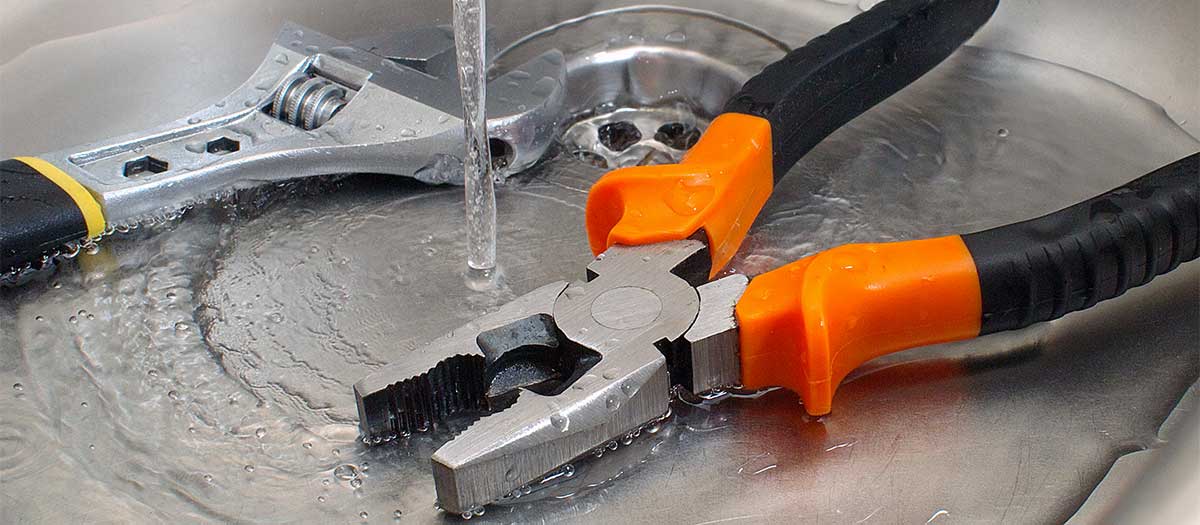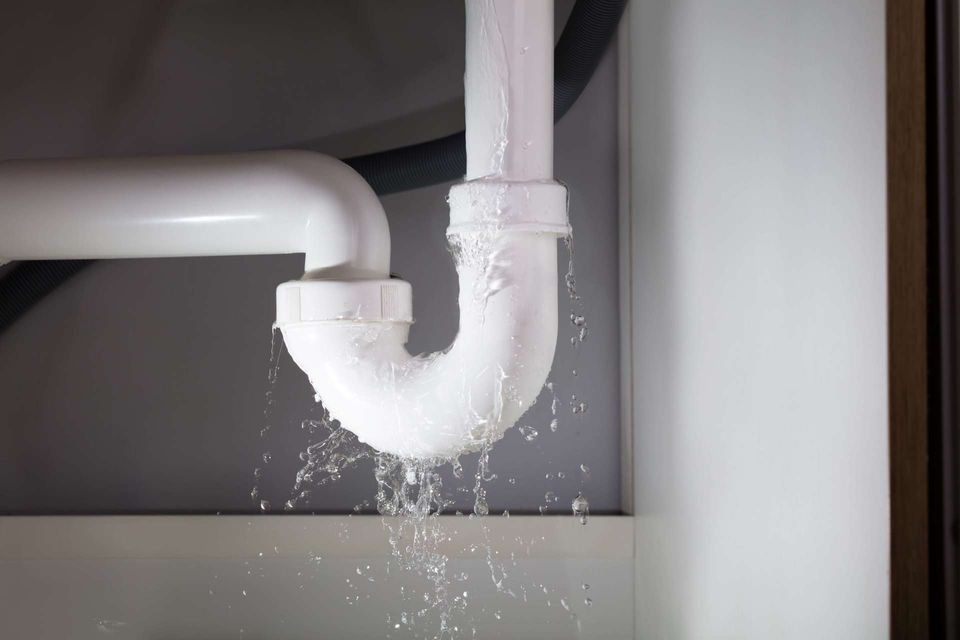Exactly how to Inspect If Your Home Has a Hidden Leakage
Exactly how to Inspect If Your Home Has a Hidden Leakage
Blog Article
They are making a few good pointers relating to Locating water leaks as a whole in the content followed below.

Early discovery of dripping water lines can mitigate a prospective disaster. Some little water leaks may not be noticeable.
1. Analyze the Water Meter
Every home has a water meter. Examining it is a proven manner in which helps you discover leaks. For starters, switch off all the water resources. Make sure nobody will purge, utilize the faucet, shower, run the cleaning device or dish washer. From there, go to the meter and watch if it will certainly alter. Because no person is utilizing it, there need to be no motions. That suggests a fast-moving leakage if it moves. If you spot no modifications, wait an hour or 2 and also examine back again. This means you might have a slow-moving leakage that might even be underground.
2. Inspect Water Usage
If you find sudden modifications, despite your consumption being the exact same, it indicates that you have leakages in your plumbing system. An unexpected spike in your expense indicates a fast-moving leak.
Meanwhile, a stable boost every month, despite the same routines, reveals you have a sluggish leak that's additionally gradually escalating. Call a plumber to completely check your building, especially if you really feel a cozy location on your flooring with piping beneath.
3. Do a Food Coloring Test
When it comes to water consumption, 30% comes from toilets. If the shade somehow infiltrates your dish during that time without flushing, there's a leak in between the container as well as dish.
4. Asses Exterior Lines
Don't forget to check your outdoor water lines also. Examination faucets by connecting a garden hose. Should water seep out of the link, you have a loosened rubber gasket. Replace this and guarantee all connections are tight. If you've obtained a lawn sprinkler, it will certainly assist get it skillfully took a look at as well as preserved each year. One small leak can throw away tons of water and also spike your water expense.
5. Assess the circumstance and also inspect
Home owners ought to make it a habit to examine under the sink counters and even inside cupboards for any type of bad odor or mold and mildew development. These two red flags suggest a leak so prompt focus is required. Doing regular evaluations, even bi-annually, can save you from a major trouble.
Examine for discolorations as well as damaging as the majority of pipes and home appliances have a life span. If you presume dripping water lines in your plumbing system, do not wait for it to rise.
Early detection of dripping water lines can alleviate a potential calamity. Some little water leakages may not be noticeable. Checking it is a surefire method that aids you find leakages. One little leakage can throw away heaps of water and spike your water costs.
If you suspect leaking water lines in your plumbing system, do not wait for it to intensify.
WARNING SIGNS OF WATER LEAKAGE BEHIND THE WALL
PERSISTENT MUSTY ODORS
As water slowly drips from a leaky pipe inside the wall, flooring and sheetrock stay damp and develop an odor similar to wet cardboard. It generates a musty smell that can help you find hidden leaks.
MOLD IN UNUSUAL AREAS
Mold usually grows in wet areas like kitchens, baths and laundry rooms. If you spot the stuff on walls or baseboards in other rooms of the house, it’s a good indicator of undetected water leaks.
STAINS THAT GROW
When mold thrives around a leaky pipe, it sometimes takes hold on the inside surface of the affected wall. A growing stain on otherwise clean sheetrock is often your sign of a hidden plumbing problem.
PEELING OR BUBBLING WALLPAPER / PAINT
This clue is easy to miss in rooms that don’t get much use. When you see wallpaper separating along seams or paint bubbling or flaking off the wall, blame sheetrock that stays wet because of an undetected leak.
BUCKLED CEILINGS AND STAINED FLOORS
If ceilings or floors in bathrooms, kitchens or laundry areas develop structural problems, don’t rule out constant damp inside the walls. Wet sheetrock can affect adjacent framing, flooring and ceilings.
https://www.servicemasterbyzaba.com/blog/how-to-detect-water-leakage-in-walls/

As a person who reads about Finding hidden leaks, I assumed sharing that excerpt was really useful. Do you know about another individual who is very much interested in the niche? Feel free to share it. I am grateful for your time. Please check our blog back soon.
Report this page